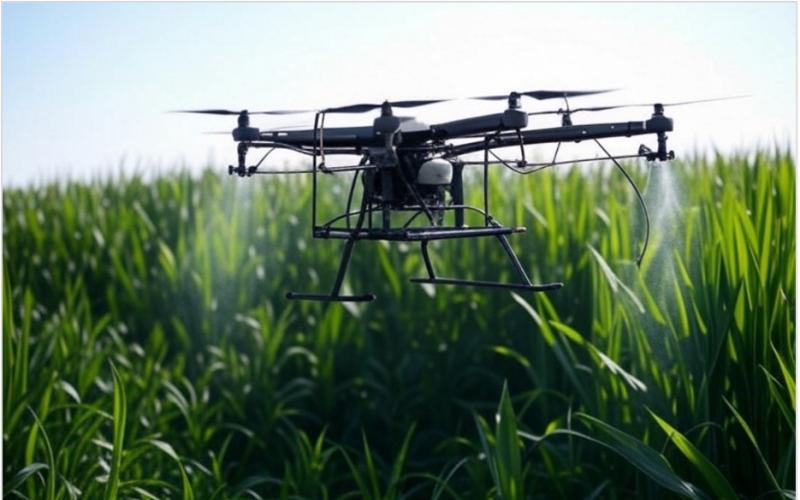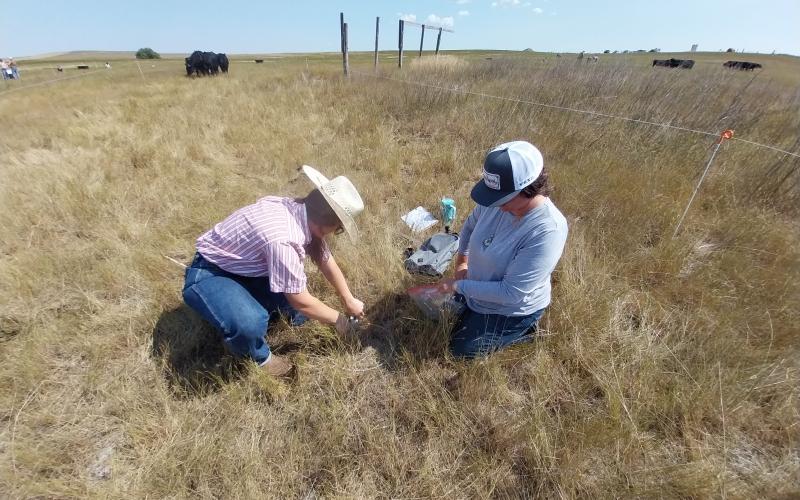Search

4-H Trip Deviation Form
Before making alternative travel arrangements, parents/guardians must complete and submit this required form at least 10 calendar days prior to the start of a South Dakota (SD) 4-H sponsored event/trip when a youth wishes/needs to deviate from the posted schedule.

Do I Have Time for a 4-H Club Treasury?
A guide sheet to help club leaders make the best decision on whether their club needs a treasury.

Appendix A - Community Club Charter Application Packet
This is an all-in-one form for community club charters, which should be completed and submitted to the local 4-H professional for initial consideration.

Appendix B - Special Interest Club Charter Application Packet
This all-in-one form is for special interest club charters, which should be completed and submitted to the local 4-H professional for initial consideration.

Appendix C - Affiliate Charter Application Packet
This all-in-one form is for affiliate charters, which should be completed and submitted to the local 4-H professional for initial consideration.

Appendix F - Revocation of Charter Form
This form is to be completed and provided to the local 4-H professional upon the chosen termination of the 4-H group.

Appendix G - Form SS-4 Instructions
This is an example demonstrating how to fill out the online EIN (SS-4) form from the IRS.

Speedboat Robotics Curriculum
Hands-on curriculum introducing youth to STEM concepts through fun, engaging robotics projects.

Required Licensing For Applying Pesticide Using Spray Drones
Fact sheet for South Dakota stakeholders wanting to get certified to apply pesticides with a spray drone.

SDSU Extension seeking applicants to host Annie’s Project
July 10, 2025
South Dakota State University Extension is seeking applications from individuals or organizations that would like to host an Annie’s Project in their community.